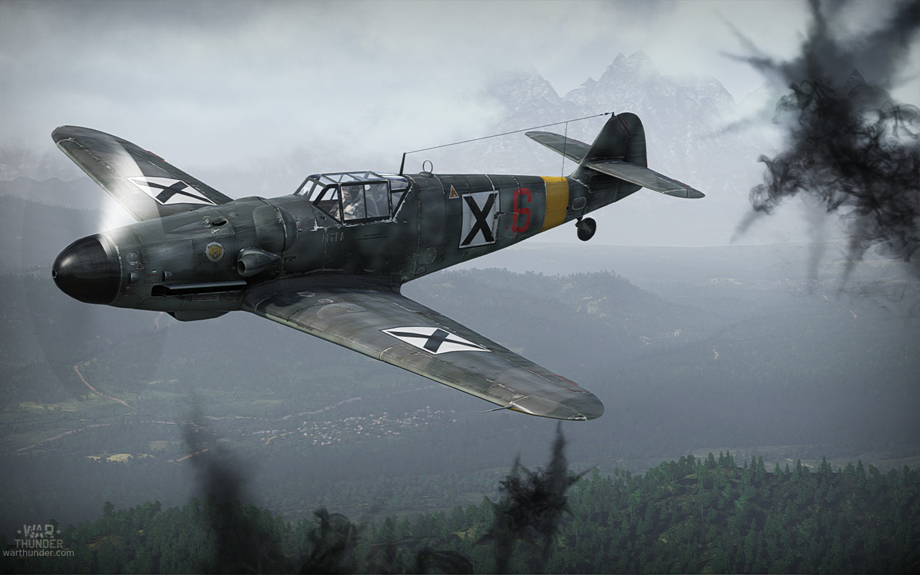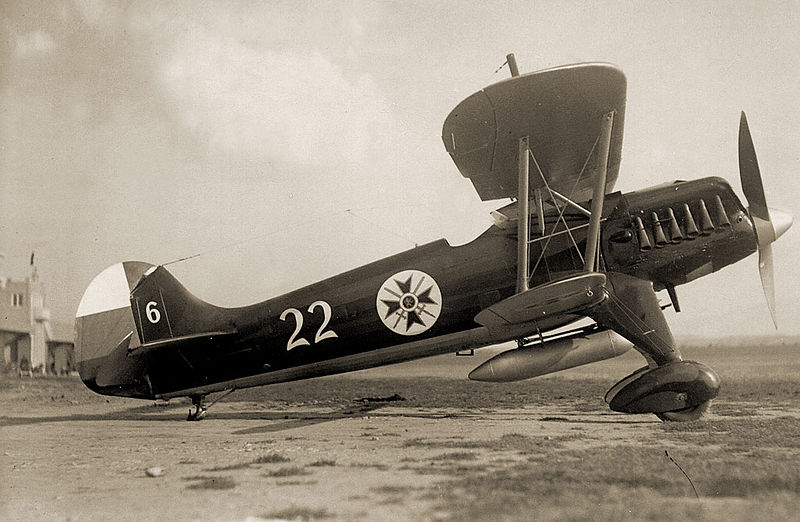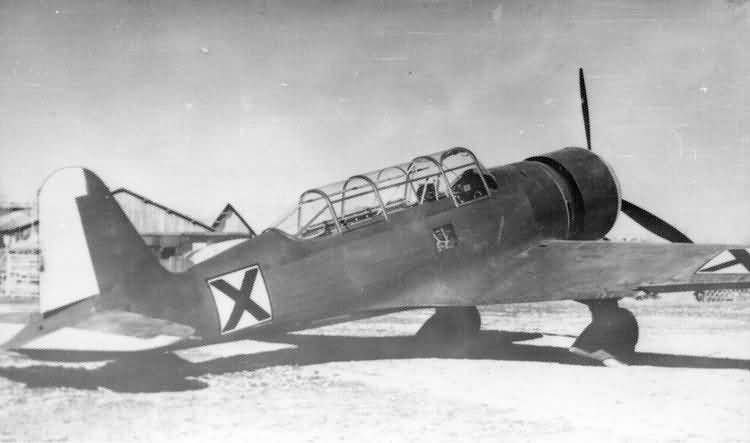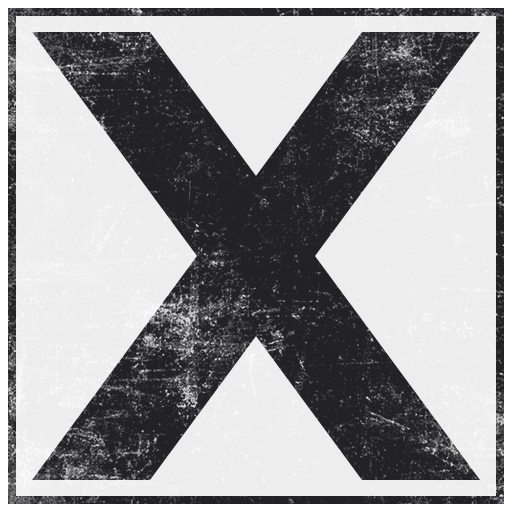
- For PC
- For MAC
- For Linux
- OS: Windows 10 (64 bit)
- Processor: Dual-Core 2.2 GHz
- Memory: 4GB
- Video Card: DirectX 11 level video card: AMD Radeon 77XX / NVIDIA GeForce GTX 660. The minimum supported resolution for the game is 720p.
- Network: Broadband Internet connection
- Hard Drive: 23.1 GB (Minimal client)
- OS: Windows 10/11 (64 bit)
- Processor: Intel Core i5 or Ryzen 5 3600 and better
- Memory: 16 GB and more
- Video Card: DirectX 11 level video card or higher and drivers: Nvidia GeForce 1060 and higher, Radeon RX 570 and higher
- Network: Broadband Internet connection
- Hard Drive: 75.9 GB (Full client)
- OS: Mac OS Big Sur 11.0 or newer
- Processor: Core i5, minimum 2.2GHz (Intel Xeon is not supported)
- Memory: 6 GB
- Video Card: Intel Iris Pro 5200 (Mac), or analog from AMD/Nvidia for Mac. Minimum supported resolution for the game is 720p with Metal support.
- Network: Broadband Internet connection
- Hard Drive: 22.1 GB (Minimal client)
- OS: Mac OS Big Sur 11.0 or newer
- Processor: Core i7 (Intel Xeon is not supported)
- Memory: 8 GB
- Video Card: Radeon Vega II or higher with Metal support.
- Network: Broadband Internet connection
- Hard Drive: 62.2 GB (Full client)
- OS: Most modern 64bit Linux distributions
- Processor: Dual-Core 2.4 GHz
- Memory: 4 GB
- Video Card: NVIDIA 660 with latest proprietary drivers (not older than 6 months) / similar AMD with latest proprietary drivers (not older than 6 months; the minimum supported resolution for the game is 720p) with Vulkan support.
- Network: Broadband Internet connection
- Hard Drive: 22.1 GB (Minimal client)
- OS: Ubuntu 20.04 64bit
- Processor: Intel Core i7
- Memory: 16 GB
- Video Card: NVIDIA 1060 with latest proprietary drivers (not older than 6 months) / similar AMD (Radeon RX 570) with latest proprietary drivers (not older than 6 months) with Vulkan support.
- Network: Broadband Internet connection
- Hard Drive: 62.2 GB (Full client)

'Bulgarian Bf 109 G-6 Historical Camouflage' skin by SkyPainter303 | download here
The origins of the Bulgarian Air Force can be traced to as early as 1892, when two Bulgarian officers flew in a balloon during the Plovdiv International Fair. This experience prompted the Army to begin experimenting with the use of balloons in warfare. The effects of those experiments were finally seen in 1906, when the Aviation Department of the Army was formed. The first heavier-than-air aircraft were delivered in 1912, with the Bleriot XXI serving as the first airplane being piloted by a Bulgarian pilot - Simeon Petrov. The newly equipped Air Force then took part in the both Balkan Wars. Bulgarian aircraft carried out reconnaissance missions, as well as dropping leaflets and bombs on enemy positions.
 |
|
Bulgarian He 51 with the 1937 to 1941 air force insignia |
Bulgaria joined the First World War on the 4th of October 1915 on the side of the Central Powers. Supplied by Germany and also utilising captured Entente aircraft, Bulgarian pilots mainly conducted their operations in the Balkans, as well as against Romania. Overall, the Bulgarian Air Force flew some 250 sorties throughout the conflict. After the war, however, the Treaty of Neuilly-sur-Seine forbade Bulgaria to have any Air Force whatsoever. Nearly all Bulgarian aircraft that managed to survive the conflict were destroyed under the watchful eye of Western observers.
However, some planes were hidden and survived. During the interwar period Bulgaria still managed to acquire aircraft, such as the Caudron C.59. Also, Bulgarian designers came up with their own projects, such as the Grigorov-1 and the DAR-1. The Air Force began to acquire military aircraft in the late 1930s - the biggest influx of which came after the annexation of Czechoslovakia, when Bulgaria bought many Czech aircraft from Germany. Bulgaria also acquired Polish aircraft, such as the PZL P.24 fighter and the PZL P.43 light bomber.
 |
|
Indigenous light bomber Dar 10 from 1938. With 1941 - 1944 insignia |
Bulgaria officially entered World War II on 1st March 1941 on the side of the Axis. Beforehand, the Germans delivered 10 Bf 109 E-4 fighters to the Bulgarian Air Force - a welcome addition, as the Bulgarian air fleet was starting to show its age. While Bulgaria offered logistical support to Germany during the Yugoslavian campaign, it did not take part in Operation Barbarossa and the struggles on the Eastern Front. This would not mean, however, that the Air Force was not operational. The Bulgarian pilots saw action in the skies over their homeland, intercepting USAAF bombing missions aimed against the Romanian oilfields near Ploesti. The most successful WWII ace of the Bulgarian Air Force was Captain Stoyan Stoyanov, with 14 confirmed victories. In September 1944, Bulgaria joined the Allies and turned on its former ally.
After the war, Bulgaria found itself in the Soviet sphere of influence. This was also visible in the Air Force, with the deliveries of modern Soviet aircraft such as the MiG-15 jet fighter and the Il-28 jet bomber. Currently, the main Bulgarian warplanes are MiG-21 and MiG-29 aircraft. The force is however looking to upgrade its arsenal with more modern jet designs.
In honour of the Bulgarian Air Force and the Bulgarian pilots, we will introduce the Bulgarian Air Force Insignia (1941 - 1944) with one of the upcoming updates:

The War Thunder Team



